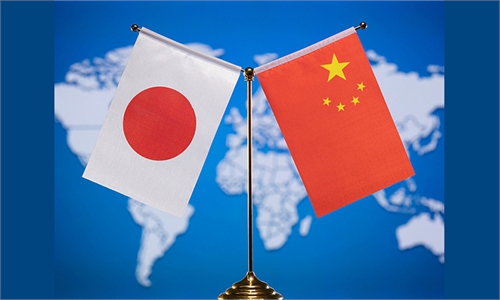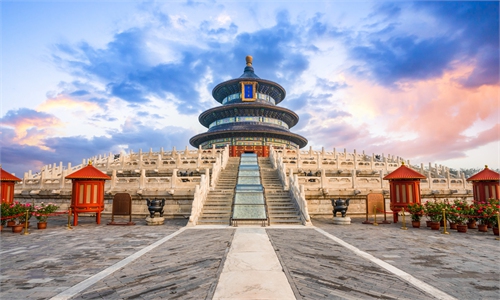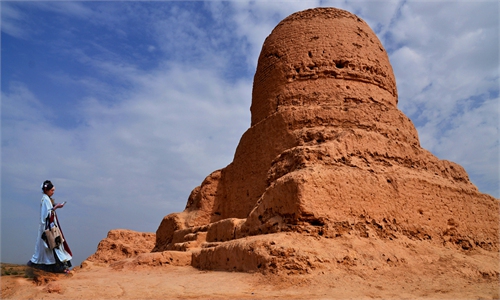ARTS / CULTURE & LEISURE
A Belt and Road experience of China’s ethnic culture
Unity in diversity
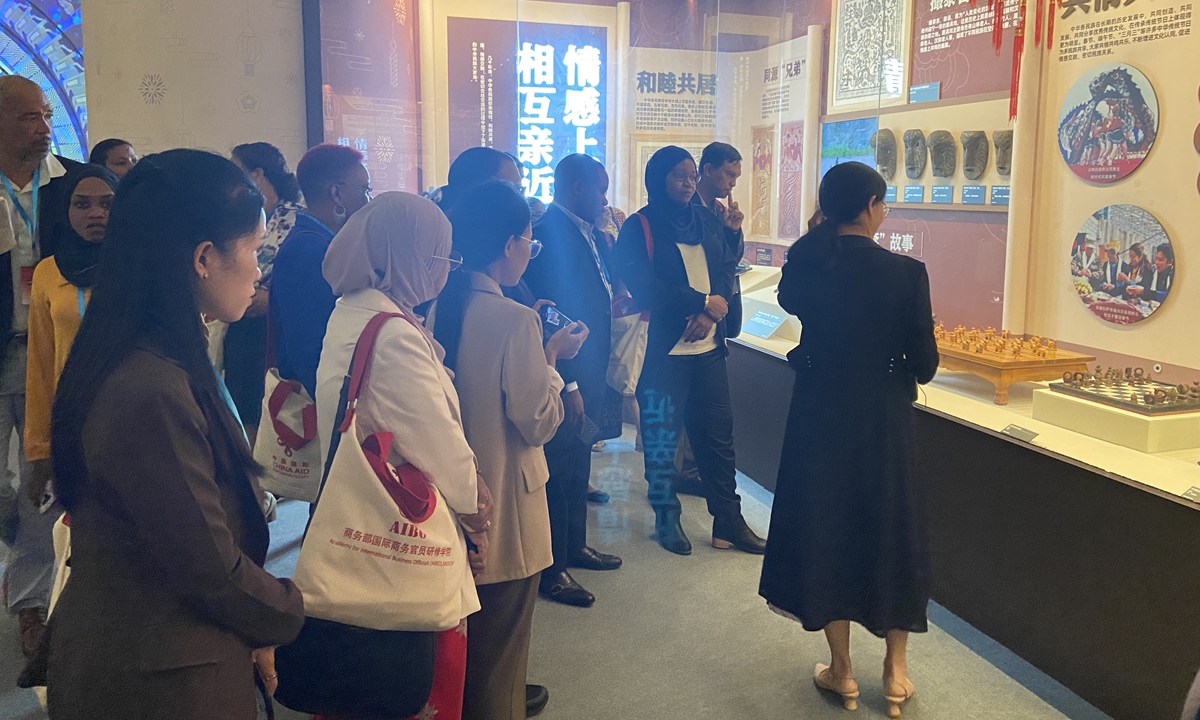
Foreign officials explore the Exhibition of Cultural Relics and Ancient Books on Forging a Strong Sense of Community for the Chinese Nation in Beijing on August 19, 2024. Photo: Wu Jie/GT
During their visit to a cultural exhibition in Beijing on Monday, a group of officials from Belt and Road Initiative member countries and some developing countries gained a better understanding of the historical legacy of Chinese civilization and the unifying bonds of the Chinese nation.On the sidelines of the Exhibition of Cultural Relics and Ancient Books on Forging a Strong Sense of Community for the Chinese Nation held in the capital's Cultural Palace of Nationalities, the officials said they learned a lot of successful experiences from Chinese authorities in governing ethnic affairs and promoting ethnic cultural exchanges, emphasizing that they could implement some of the examples in their own countries.
John Hodgson, political secretary of the South Caribbean Coast Autonomous Region of Nicaragua, told the Global Times that he appreciated the endeavors made by the Chinese government to build unity in diversity and promote the development of ethnic groups.
"I have learned a lot about the history of China during this trip. Unity in diversity is one of the key words that I have seen in China. This is important for me to take back to Nicaragua. There are 56 ethnic groups in China while we have 12 ethnic groups. China offered us a successful example of ensuring a stable economic development of ethnic groups while preserving their identity," he said.
The visit is part of a two-week research and training program for these officials organized by the Ministry of Commerce and National Ethnic Affairs Commission (NEAC).
Since its inception in 2015, the program has seen the participation of 433 officials, experts, and other professionals from 48 countries. This current session marks the 19th installment, with 42 participants hailing from seven countries: Nicaragua, Tanzania, Myanmar, Laos, the Philippines, Afghanistan and Mongolia. The participants include both government officials working in ethnic group affairs and scholars specializing in ethnic studies.
The program is designed to enhance exchanges and mutual learning as China aims to share its experience in ethnic affairs, centered on fostering a strong sense of community among all ethnic groups, with counterparts from other countries, according to an official from the NEAC.
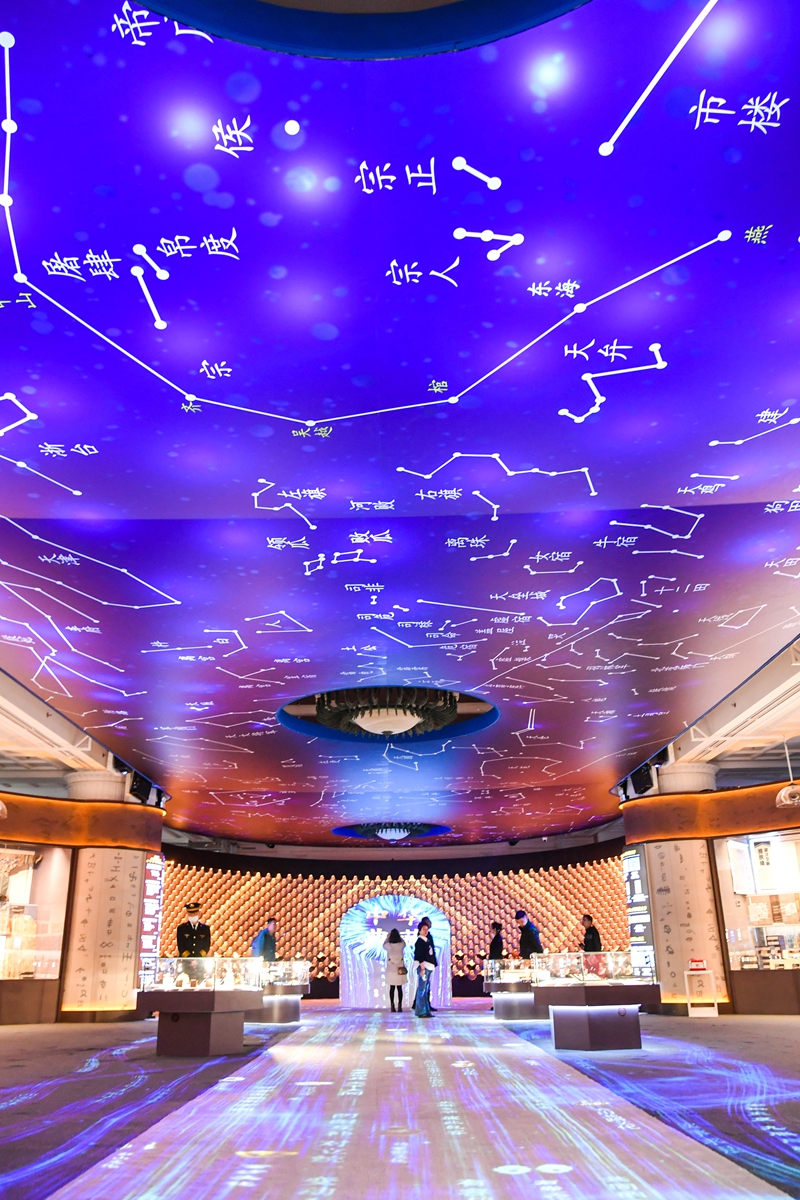
Visitors explore the Exhibition of Cultural Relics and Ancient Books on Forging a Strong Sense of Community for the Chinese Nation in Beijing. Photo: VCG
Important takeawaysHosted by the NEAC, the cultural exhibition features over 1,500 ancient books and artifacts to demonstrate the development of Chinese civilization, presenting a historical panorama of the formation and development of the community that is the Chinese nation.
Divided into three sections of Unity, Integration and Solidarity, the exhibition tells the stories of interactions, exchanges and integration among various ethnic groups. These sections explore the historical, cultural and economic dimensions, highlighting the enduring legacy of Chinese civilization, the unifying historical bonds of the Chinese nation, and the profound ideas and rich practices of national unity, the Xinhua News Agency reported.
Versions of the book "Mencius" in the Chinese, Manchu and Mongolian languages, and the artifacts and documents on display reflect the deep thoughts and rich practices of national unity upheld by the Communist Party of China since its establishment, according to BRTV.
Another participant of the program, Sherrila Sawah, regional director of the National Commission on Muslim Filipinos of the Philippines, told the Global Times on Monday that she admires the Chinese government's efforts in preserving the culture of the ethnic groups.
"The Chinese authorities have done a lot to protect and promote the culture and history of the ethnic groups. There are some that I'd really like to adopt in the Philippines. For example, the legal services offered to the ethnic groups, such as mobile courts and cloud mediation," Sawah noted.
It's really important because there are some ethnic groups who live in rural areas in the Philippines and therefore have difficulty in going to the city to seek legal services. It is really a big help for them, she said.
The online legal services are part of the efforts implemented in many provinces and regions across China to protect the rights of the ethnic population and safeguard ethnic unity with technological innovations.
Stand better
This year's program also took the officials to Ongniud Banner in Chifeng, North China's Inner Mongolia Autonomous Region to observe and learn about the interactions, exchanges, and integration among the local ethnic groups.
Covering a diverse landscape that includes arable land in the south with grassy hills, and a mixture of grassland and desert in the northeast, the banner is notable for its ethnic diversity and cultural heritage, reflected in its local customs and interactions among different ethnic groups.
"The way China has united the ethnic groups together is great. Under the spirit of national unity, China will surely make greater progress in the political, economic, and cultural fields, and stand better among the world's nations," noted Ndaune Shamte Said, a Labor, Economic Affairs, and Investment official, President's Office of Tanzania, during the trip to the banner.
Omarzai Mohammad Shapoor, an official at the Ministry of Borders and Tribal Affairs of Afghanistan, told the Global Times that he has learned a lot about China's efforts in bringing the 56 ethnic groups together.
"If China can bring the 56 ethnic groups together, I believe they have the ability to bring all the world together," said the official.
